It can be seen that many motor vehicle manufacturers in the early 19th century used car hoods and car bonnets that are very similar to those of actual automobiles when they are opened and viewed head-on; in modern vehicles, these hoods and bonnets serve the same purpose but no longer resemble those of actual vehicles.
In British terminology, a hood is usually referred to as a fabric cover covering the surface of the vehicle’s passenger compartment. It is the panels that form the majority of the metal surface on your car, including the doors, hood, trunk, roof, and even the floor that form the body. The hood is by far the most important panel on your vehicle because it is what houses all of the performance parts, which include the engine that adds performance to your car.
What are Car Hoods?
An automobile hood, also known as a bonnet in some countries, is the hinged cover that covers the engine of a front-engine vehicle, which in many countries is called a bonnet. Basically, it is used for accessing the engine in order to conduct repairs and maintenance on it. To hold the hood down, it is typically used a concealed latch or latches that are hidden behind the hood. A hood pin may be used to hold the car hood down on cars with aftermarket hoods and race cars.
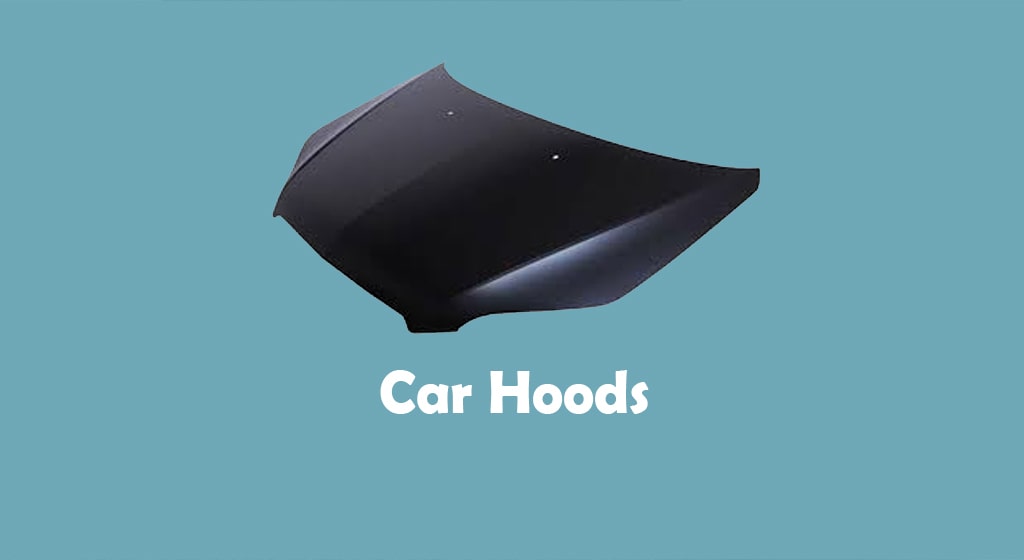
A hood may also contain an ornament on top, a hood scoop, wiper jets, power bulges, or even a power bulge with wipers. Steel and aluminum are the most common materials used to construct car hoods, but they may also be made of other materials. As well as carbon fiber, fiberglass, and dry carbon, aftermarket car hoods may also be constructed from a wide variety of other materials.
On most vehicles, there is a system for releasing the hood called a hood release, which is usually composed of an inner hood latch or lock handle, a cable used to open the hood, and a lock that secures the hood. In most cases, the hood lock handle is located on the same side of the steering wheel as the driver’s seat, or it can be located in the door frame on the opposite side.
Why the Car Hoods are Important?
The importance of the car hoods is as mentioned below:-
- In simple words, the hood of the car is responsible for the safety of the car.
- All engine parts and radiators of the car are protected by the hood or bonnet.
- Car hoods are also used in sports cars as an aerodynamic mechanism by reducing the Air effect.
- Car hoods provide relatively easy access to the engines in case any maintenance is required.
- Having a hood on your car also reduces engine noise, which helps you drive more quietly.
- Keeping the paint under the hood longer can also help keep it in good condition.
- Getting out of the car before the hood catches fire can give motorists time to escape that is why a proper and strong hood is necessary.
Shapes of the Car Hood
Most of the hood’s general shape depends on the vehicle’s body shape, but there are two common shapes for its broad plane, which are listed below:-

Flat hood shapes: A simple hood with little curvature or extra features are called an intuitive hood because these shapes are intuitively named. As a result of their flat surface, the designs of hoods can be positioned freely along it, and modifications can be applied if necessary.
Power bulge hood shapes: There is another design that is commonly found on hoods, and it is called the power bulge because the central portion of the hood is raised. According to theory, an engine block with a higher raised portion should be able to fit into the raised area.
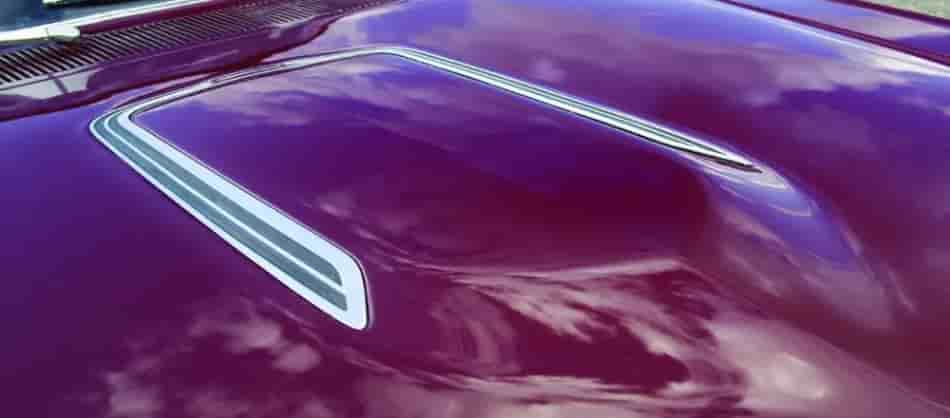
There is no doubt that the power bulge is becoming more popular as a symbol of performance and power, so don’t be surprised to see it as a style preference that many men are choosing.
Properties of ideal Car Hoods
Below mentioned a few properties of an ideal car hood:-
- The hood may have either a hinged front edge or a hinged rear edge, or, in earlier models, both the front and rear edges may be hinged together, along one centreline, or it may have two sections, one on either side, hinged along its centerline.
- Moreover, there is also a variant of this vehicle in which the bonnet and wheel arches are combined and where the entire front bodywork is able to tilt forward around a pivot located near the front of the vehicle, allowing it to look forward.
- A hood is an aerodynamically shaped piece of fabric used to prevent air from flowing over the car, and it also adds a luxurious look to the front section.
- There are many parts in the car that are covered by the hood, such as the engine, radiator, and many other parts; for this reason, the hood must be designed in a way that can allow the engine to be serviced properly while the hood is on.
- A car’s hood system will be damaged most of the time when the vehicle is involved in any kind of accident in the front portion of the vehicle, and it will absorb some of the impact energy as a result of the accident.
- Typically, hoods are made from the same materials as the rest of the bodywork, and this may include steel, aluminum, or some combination of these materials. It should be noted, however, that some aftermarket manufacturers have produced steel hood replacements in carbon fiber or fiberglass in order to lighten the vehicle.
Parts of a Car hood
Water Nozzle in the car hood
The most common addition to vehicle hoods is the addition of windshield washer nozzles which are used to wash the windshield.
During its operation, wipers spray a special cleaner onto the windshield that improves visibility as they do their job, which can be controlled with a quick touch of a lever inside the cabin. You can buy them fairly and cheaply and install them easily if your vehicle does not have nozzles.
Scoops in the car hoods
Fuel, heat, and oxygen interact with each other in a combustion engine to produce power, furthermore, the engine is also cooled by using the air around it.
Scooped hoods alter the flow of air in a variety of ways, depending on the design and the style of the scoop, all of which can improve one aspect or another. As you add scoops of any kind to your vehicle, the engine’s noise level is likely to rise as a result of the additional openings, increasing the amount of sound that escapes the bonnet.
Shaker scoops type: A shaker scoop is a type of scoop that is attached directly to the engine and is known for the rumbling it makes while the engine is running. It is a great way to reduce heat and improve performance since the extra air is expedited to the parts that need it most as it gets to the parts that need it the most.
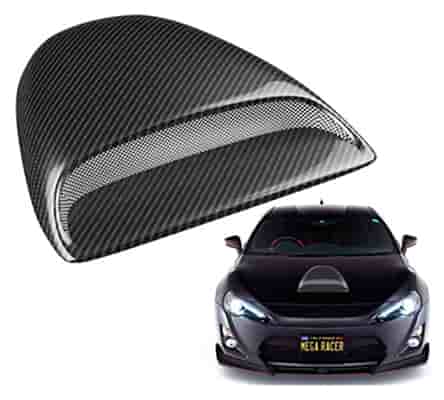
Cowl Induction type scoops: A cowl induction scoop can be mistaken for just another hood variant if you do not pay attention to the details. A small opening near the window catches and cools splashed air, which is sent down the scoop to remain cool and helps to maintain a cool engine.
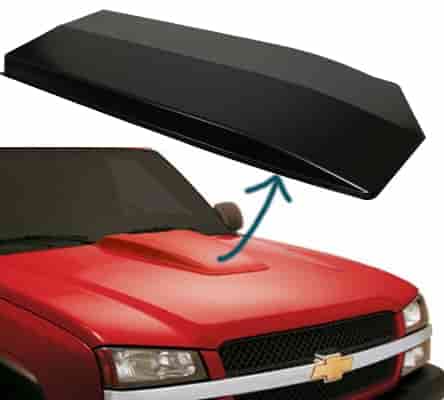
The possibility of doing so is not impossible, but the savings do become less attractive when you factor in the additional time it would take to modify the hood and weld in the scoop after it has been modified. In most cases, it is much easier to order a new one than to get a replacement part, unless the part simply cannot be ordered.
Ram air scoops type: It is designed so that more cold air can be drawn into the engine when the vehicle is moving faster by pointing the scoops forward. By pushing through a small opening within the engine compartment, the air is forced into the engine, causing the air to cool down while manipulating the pressure within the compartment.
Hood vents
A lot of research has established that it is good for the engine to get more cool air in, but too much gunk brought by the wind can impede performance and endanger the engine. When a vehicle’s hood has this type of vent, the hot air inside the engine compartment is allowed to escape from the vehicle and go up and out of the vents.
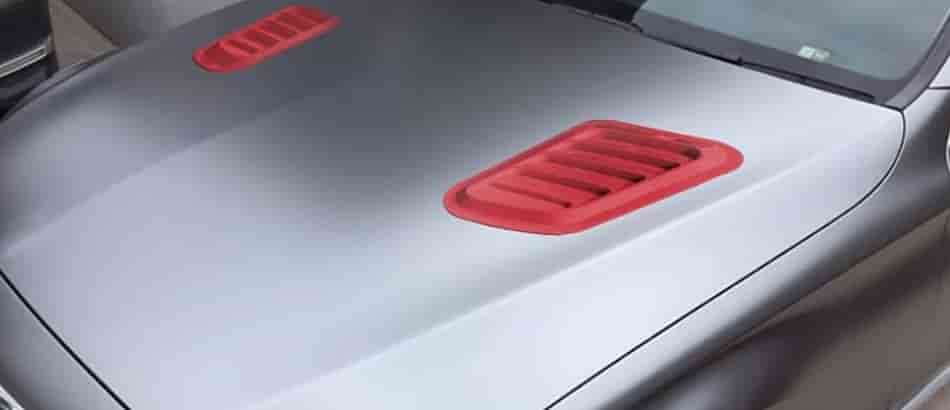
Moreover, this kind of hood vent prevents debris from falling through the opening into the engine, which would otherwise cause it to overheat and other disturbances. In order to install them, there is a permanent modification of the hood is required, similar to the installation of small scoops, but this does not require excessive expertise or cost.
Pins in the hood
There are certain vehicles that require a single latch that is used properly in order to be secure enough; however, double latches are even more secure. Even so, pins are considered to be the most reliable method of securing the hood in place if a driver wants to ensure that the hood will not open.

For the hood pins to fit properly holes must be drilled through the hood surface, so installing them permanently modifies the hood. In order to ensure their safety, it is important to ensure that they are properly installed since they are usually aftermarket items.
Car Hood Lock
When a car looks as if it has been well taken care of, it can be a warning sign to potential thieves that there may be something valuable under the hood that they would like to steal. If a determined thief with enough intelligence can get past the lock of the hood, they have plenty of opportunities to do further damage. An intelligent thief can do plenty of damage without even getting into the hood.
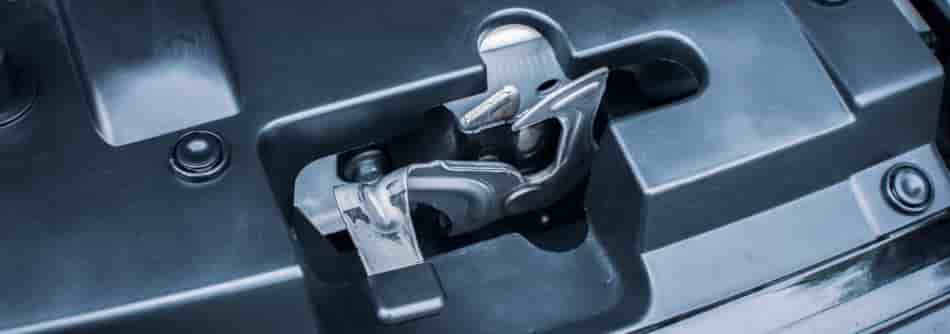
Even so, it can be argued that hood locks are well worth the extra security that they add, as well as an indication to potential thieves that you have other security measures in place, thus discouraging them from attempting to steal from you.
Ornaments in a car hood
A hood ornament has its roots in the moto-meter, which was a temperature gauge or thermostat that was installed on the radiator caps of the first automobiles and could be traced back to the days before the advent of hood ornaments. The gauges were moved into the dashboard over time, however, the radiator caps remained outside of the vehicles for a long time after the gauges were moved.
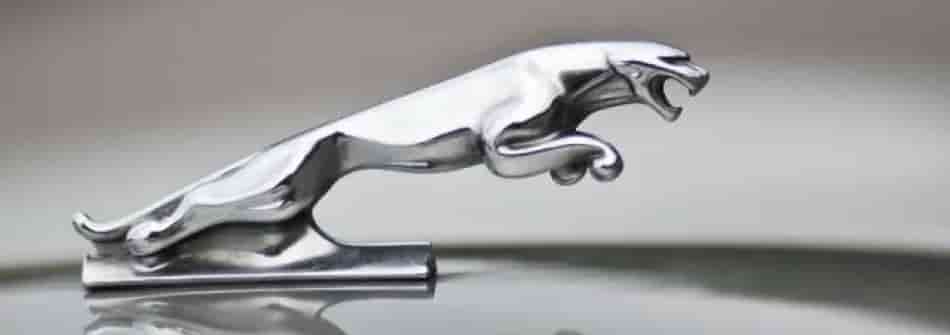
An ornament that adorns the front center portion of the hood is called a hood ornament, and it is also called a motor mascot, or car mascot, as it represents a particular car company, similar to the position of a badge. There has been a tradition of using it as an adornment throughout the history of automobiles almost since they were invented.
Safety was one of the biggest factors that led to the demise of hood ornaments. A number of new pedestrian safety regulations have been introduced in Europe as a result of the European Union regarding hood ornaments. The purpose was to make sure that that fancy piece of metal would not seriously injure someone during a collision due to its weight.
Various Types of car hoods
Carbon Fiber type car hoods
In order to keep the new car looking and running at its absolute best, you need high-quality parts and materials to keep it running at its maximum efficiency. Carbon fiber, for instance, is one of those materials that are remarkably lightweight and strong, which means it can be molded into virtually any shape, which means it is suitable for producing components, materials, and a whole host of other products.
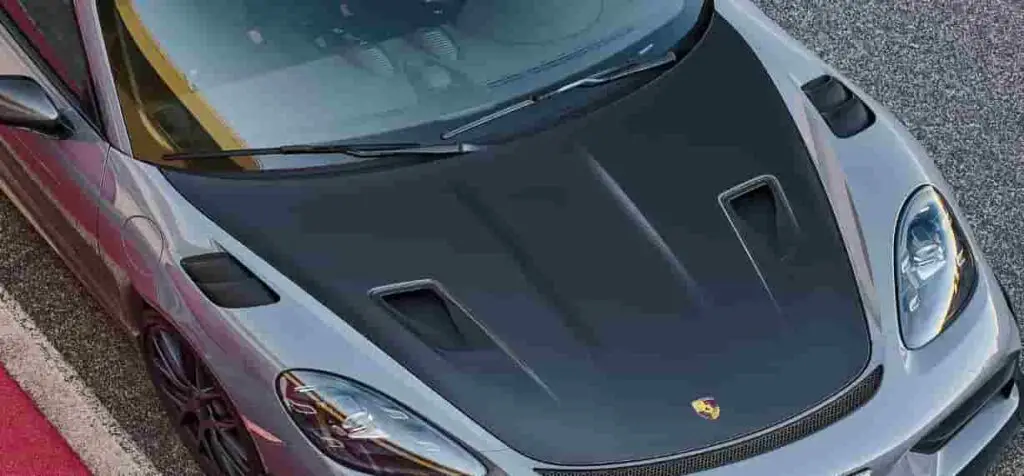
There are various parts of a car that can be made out of carbon fiber, such as the body, as well as the engine. There is no doubt, however, that carbon fiber hoods and carbon fiber wraps have become extremely popular in the past few years, and that is for good reason: not only do they add stunning, head-turning style to your car, but they also reduce the car’s overall weight by as making it easier to handle and speed up.
Cowl-type car hoods
An automobile hood assembly with a cowl is traditionally referred to as a completed, factory-designed assembly of the automobile hood. Nonetheless, it is possible to make a factory-installed hood look like a cowl hood with the addition of a hood cowl, an interchangeable term for a cowl hood, which can then be custom fitted to the hood.
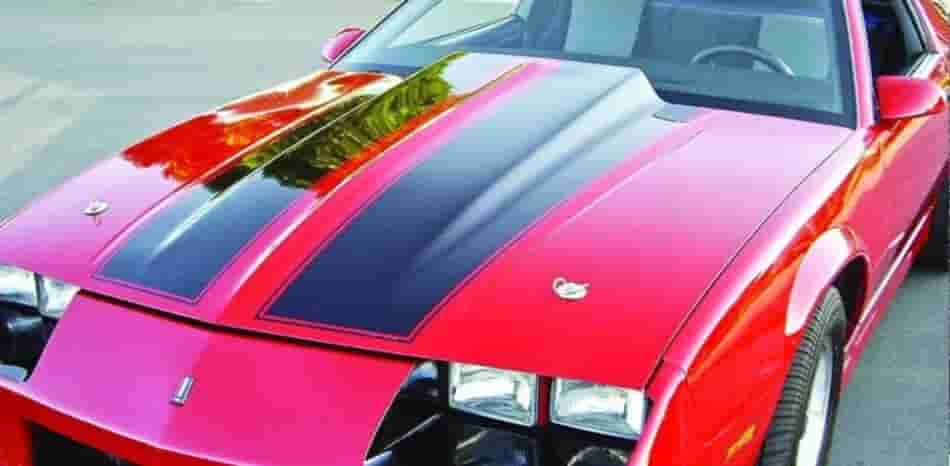
To ensure a fast and direct flow of air into the air inducers, the cowl hood was designed to allow air to be forced quickly and directly into the combustion chambers. It is commonly known as cowl induction in the industry. The air is a vital component of the combustion process of an internal combustion engine that is responsible for providing proper fuel ignition.
An engine’s combustion chamber is the place in which fuel is mixed with air and ignited after it has been mixed with fuel. The engine will not be able to run if no air is allowed to enter the combustion chamber. It is believed that the better the engine runs the more air that is introduced to it in the chamber.
Steel type car hoods
It may be necessary for you to install a steel hood on your vehicle depending on its model. There are quite a few heavy-duty hoods available on the market that are quite big and bulky. There are a variety of colors and sizes available, so you will be able to find an option that fits your vehicle’s needs without breaking your budget.
As well as allowing proper ventilation throughout the hood of your vehicle, they also improve the efficiency of your engine by making sure enough air gets to the air inducers, which makes your engine run better and more efficiently.
Fiberglass type car hoods
A fiberglass hood allows the right amount of air to be ventilated while still maintaining a stylish appearance. Fiberglass hoods are easy to assemble and easy to maintain. Depending on the needs of your vehicle, you can choose from different colors and sizes when ordering your fiberglass hood to match the appearance of the vehicle.
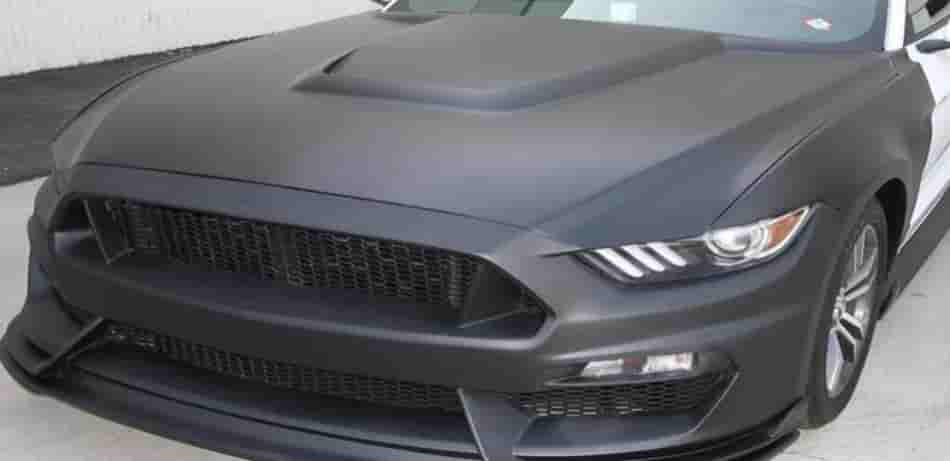
In addition, the fact that they are made of fiberglass means that they will not easily get dented or deteriorate as a result of small accidents, and this will help you in saving money in the long run. When the fiberglass hood is installed, the engine will be able to cool more efficiently, and even the car can pass inspection without facing any hindrances.
This fiberglass hood has been designed such that it cannot be opened from the inside of the vehicle and lifted to gain access to the engine bay; it must be completely removed in order to gain access to the engine bay because of the way it has been installed.
Steps to Open a Defective or Stuck Car Hood
Suppose you feel something wrong with the engine, you need to check it out, but unfortunately, you have a defective car hood, then just follow these steps to unlock the car hood:-
- First, carefully locate a spot and park the car.
- In the next step, locate the release latch in the corner of the glove box, next to the driver’s door, or under the steering wheel.
- There is a very small movement of the hood upward if the release latch is engaged. A stuck hood indicates with a noise that you hear in the engine compartment but the hood does not move when the noise is heard.
- To release the interior release from the driver’s seat, stand outside the seat and pull the release fully. The stuck car hood may be released if you slap it with an open palm with your other hand.
- Stand at the front of the vehicle with a friend pulling the interior release, and slowly but steadily pulling up on the hood.
- If the car hood is stuck due to the freezing temperature then let the engine hot air defrost the hood and then try to open it.
- Make sure parts of the latch are working properly and the cable is not frayed after the hood has been opened. Simply lubricate the latch with penetrating oil if you don’t see any obvious problems.
Materials used in making car Hoods
Carbon fibers material
Carbon strands that have been specifically engineered are able to be made into a material that is light and extremely durable. It does cost more than the other options because it requires additional chemical and mechanical processing, but its use can easily reduce the weight of the hood by as much as half you are using it.
Despite being heavier than carbon fiber, fiberglass weighs approximately the same and is considerably cheaper, but with carbon fiber, you can make the majority of the car without sacrificing structural integrity or safety in the process.
Steel material
When it comes to engineering needs, including automobiles, steel has been the go-to metal for decades. The metal’s strength and durability have made it synonymous with engineering excellence.
Fiberglass material
The particular fiberglass is considered to be the least durable of the common materials used for hoods, and is also prone to igniting, which can lead to toxic fumes from the hood. A higher quality fiberglass product will not have these issues as often as a lower quality one, but a cheaper product will.
Aluminum material
There is a misconception that aluminum is a lightweight metal that can be used as a foil, but thick aluminum in fact is much more of a durable metal that may resist rust and also weighs less than heavier metal.
A hood’s durability is not as important as it might seem in a crash when crumple zones and other safety features will have more importance than its strength in a crash.
